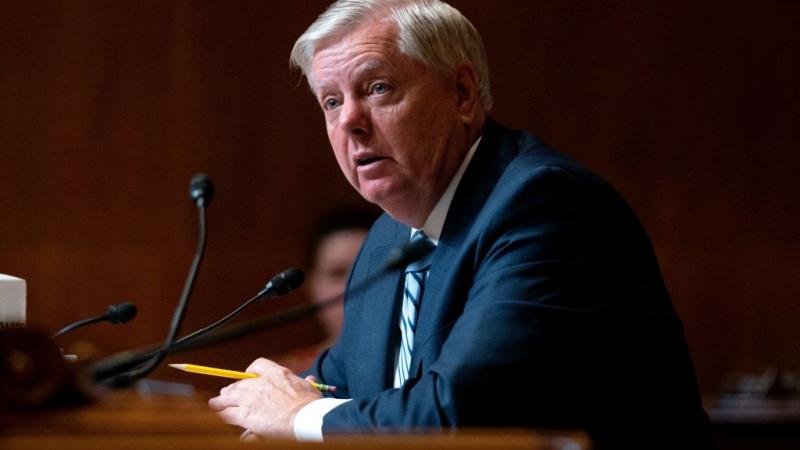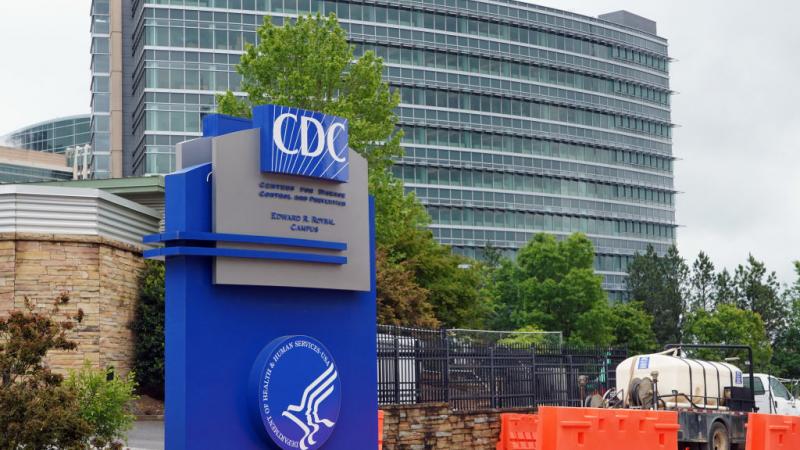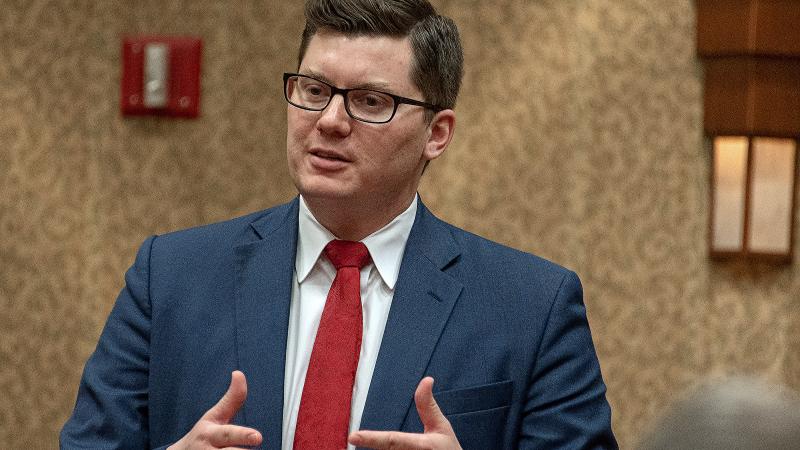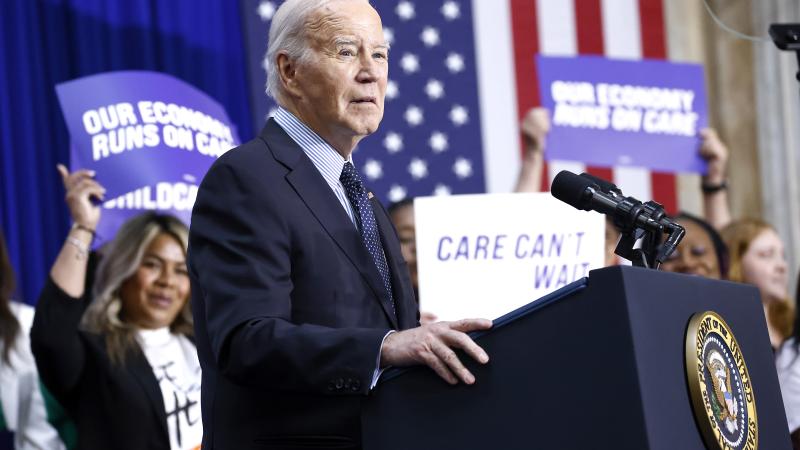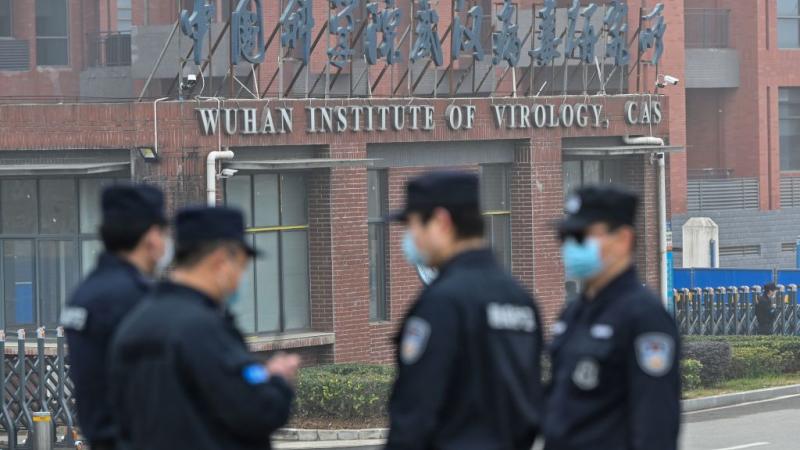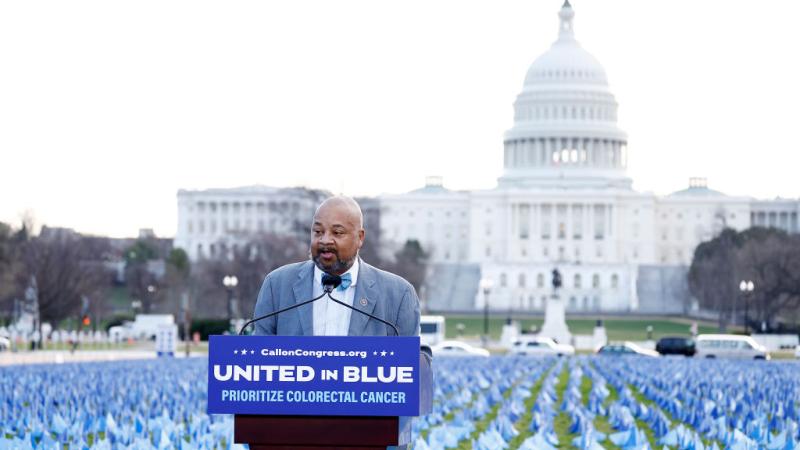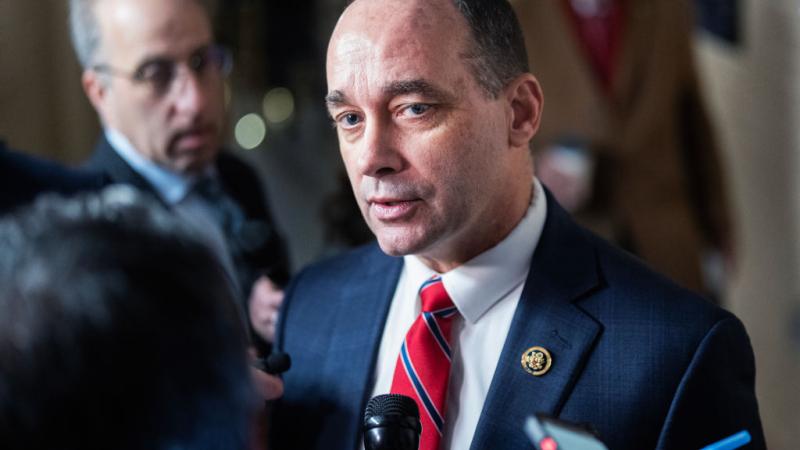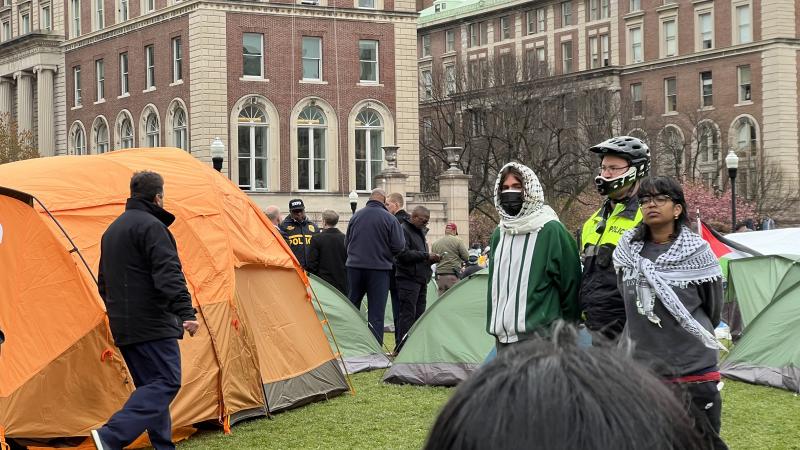COVID pandemic worsens ambulance companies, EMS crews significant labor shortage
Ambulance companies are seeing a roughly 100% turnover rate every four years, and the pandemic has just exacerbated the issue
The ongoing COVID-19 pandemic has exacerbated a national shortage of emergency medical workers, including EMTs and paramedics.
A survey conducted by the American Ambulance Association indicates that the turnover rate among paramedics and EMTs ranges from 20-30% every year, which results in a 100% turnover rate every four years.
The association's president, Shawn Baird, said that he has "not heard of any state that feels like they're not in a bit of a crisis mode for first responders, paramedics in particular."
The survey found that in 2020, nearly 33% of workers in EMS organizations left their ambulance company after less than a year on the job. The hard stop of training programs at the onset of the COVID pandemic also made worse the long-trending shortage.
Due to the pandemic, hospitals have also been hiring paramedics to do the job of nursing staffers as much higher rates that they would get paid by ambulance companies.
"It's great to see the career path develop, but unfortunately ... we can't come close to competing with that in our traditional work environment in the ambulance," Baird said. "Don't blame the worker, but the system. The system is facing pressure from so many directions at once, that we really have to begin to try and address as many of the pieces as we can."
The association and the National Association of Emergency Medical Technicians has asked Congress to convene a hearing on workforce shortages. They have also requested increased funding to increase pay-rates for their employees.
"Our nation’s EMS system is facing a crippling workforce shortage, a long-term problem that has been building for more than a decade. It threatens to undermine our emergency 9-1-1 infrastructure and deserves urgent attention by the Congress," wrote the groups in a letter to House and Senate leaders.
One ambulance executive noted that wages are at a record high, but EMS companies are unable to charge insurers more because of the number of patients who are on Medicare and Medicaid, which are reimbursed at fixed rates.
Medicaid pays 10 to 25% of response costs, while Medicare reimburses about 30%. Additional government funding for EMS companies and personnel would therefore fill a significant gap that is currently knee-capping the industry.
Another owner of a private ambulance company in Illinois said that there is less incentive now than ever before to go to school to become a paramedic because it only costs "marginally less" than the schooling required to become a nurse. "But the earning potential for a nurse is so much higher than as a paramedic."

